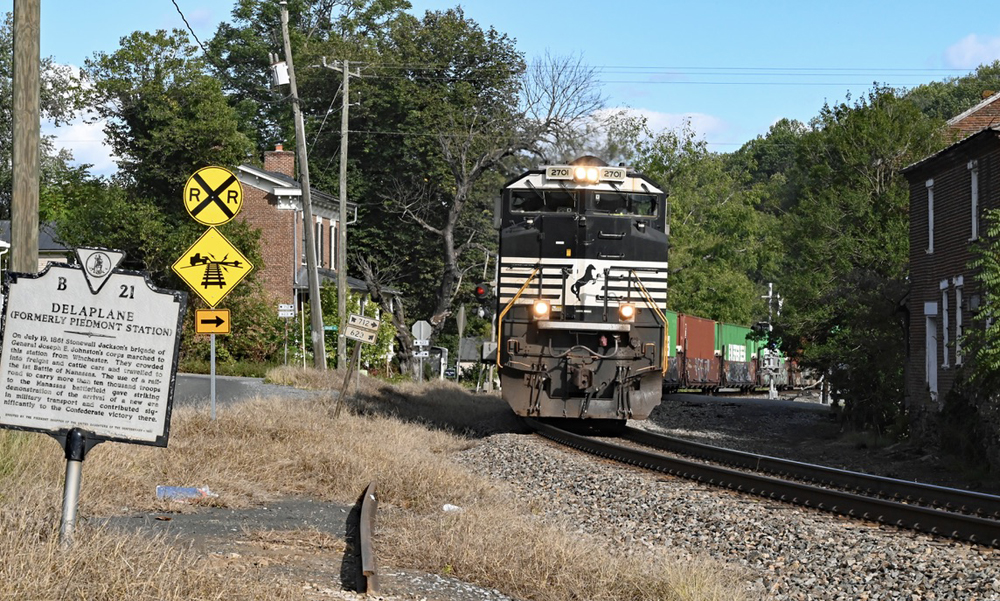
RICHMOND, Va. — Virginia’s Supreme Court has ruled in favor of Norfolk Southern in a fight over broadband companies’ ability to build across rail lines.
In a decision released Thursday, the court found that a 2023 law allowing broadband companies to “take railroad property for nonpublic use” violates a provision in the state constitution and a separate state law addressing eminent domain. Cox Communications had attempted to use the law to cross NS property in eastern Virginia.
The opinion by Justice Teresa Chafin found that Cox “is not a government entity, public service corporation, or public service company. “Therefore, Cox cannot exercise the power of eminent domain for a ‘public use’ … We acknowledge that the expansion of an existing broadband network may benefit the members of the public who would be served by the expansion. Nevertheless, a taking for a ‘public benefit’ is not necessarily a taking for a ‘public use.’”
The 2023 law caps fees the railroad could charge broadband companies at $2,000 per crossing, plus a $5,000 reimbursement for railroad expenses, and designated the State Corporation Commission to address disputes. When NS attempted to charge Cox more than that, the cable company told the railroad it planned to go ahead without entering into an agreement. NS asked the commission for relief, but the commission rejected the railroad’s arguments without a hearing, saying NS had failed to establish an undue hardship. NS then appealed to the state Supreme Court.
Cardinal News reports that state Sen. Bill Stanley, who led the effort for the access bill in that house, called the ruling “just plain wrong,” telling the news site in an exchange of text messages that the decision will allow “greedy railroad companies” to “choose their own private greed over the public need when it comes to broadband deployment in rural and urban parts of Virginia.” He said the issue will be a priority for legislators in either a special session or next year’s regular session.
NS did not respond to a Cardinal News request for comment. CSX has a similar case before the state Supreme Court, and the two railroads have also sued Cox in federal court; that case was stayed pending a state Supreme Court decision. The Association of American Railroads had also filed a federal suit over the law [see “AAR sues …,” Trains News Wire, July 1, 2023], but that case was thrown out when the judge ruled the AAR lacked standing.






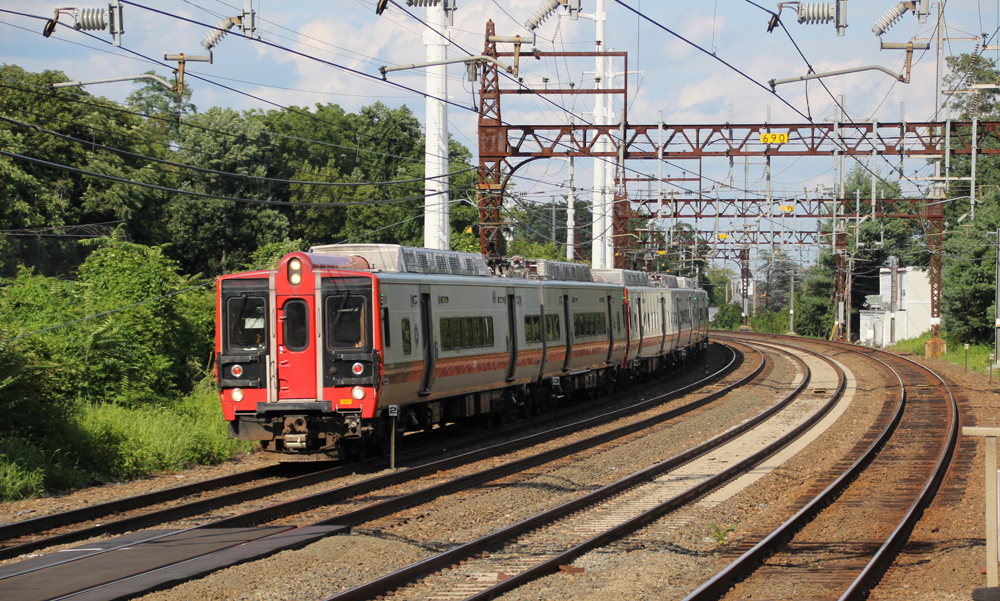
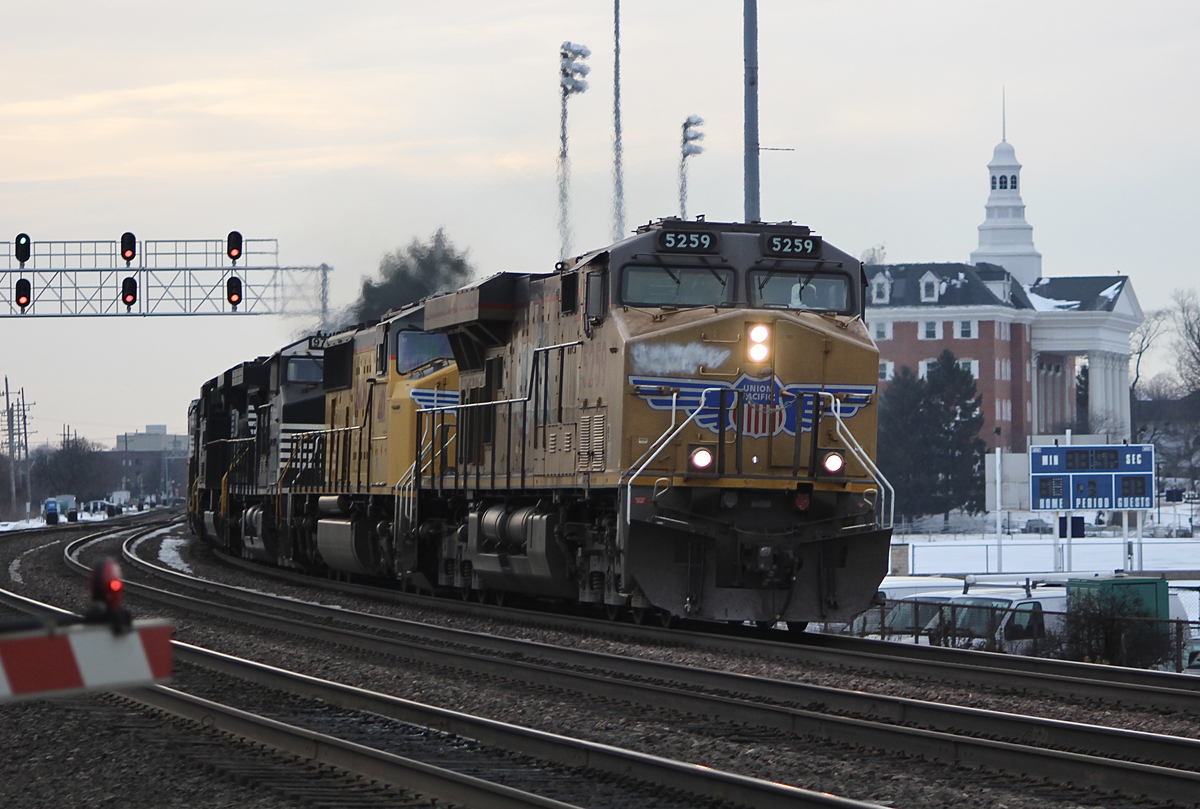
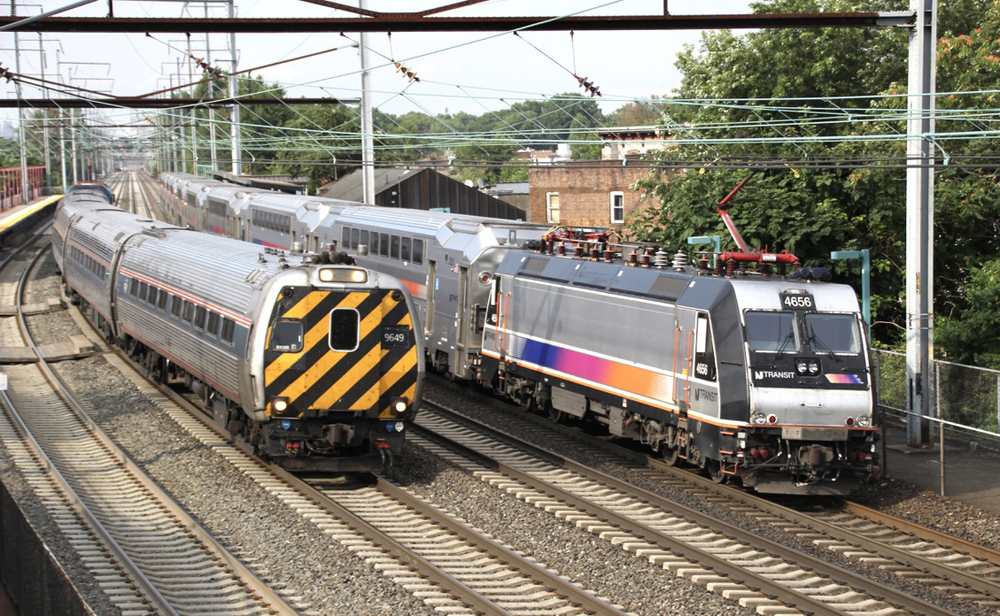
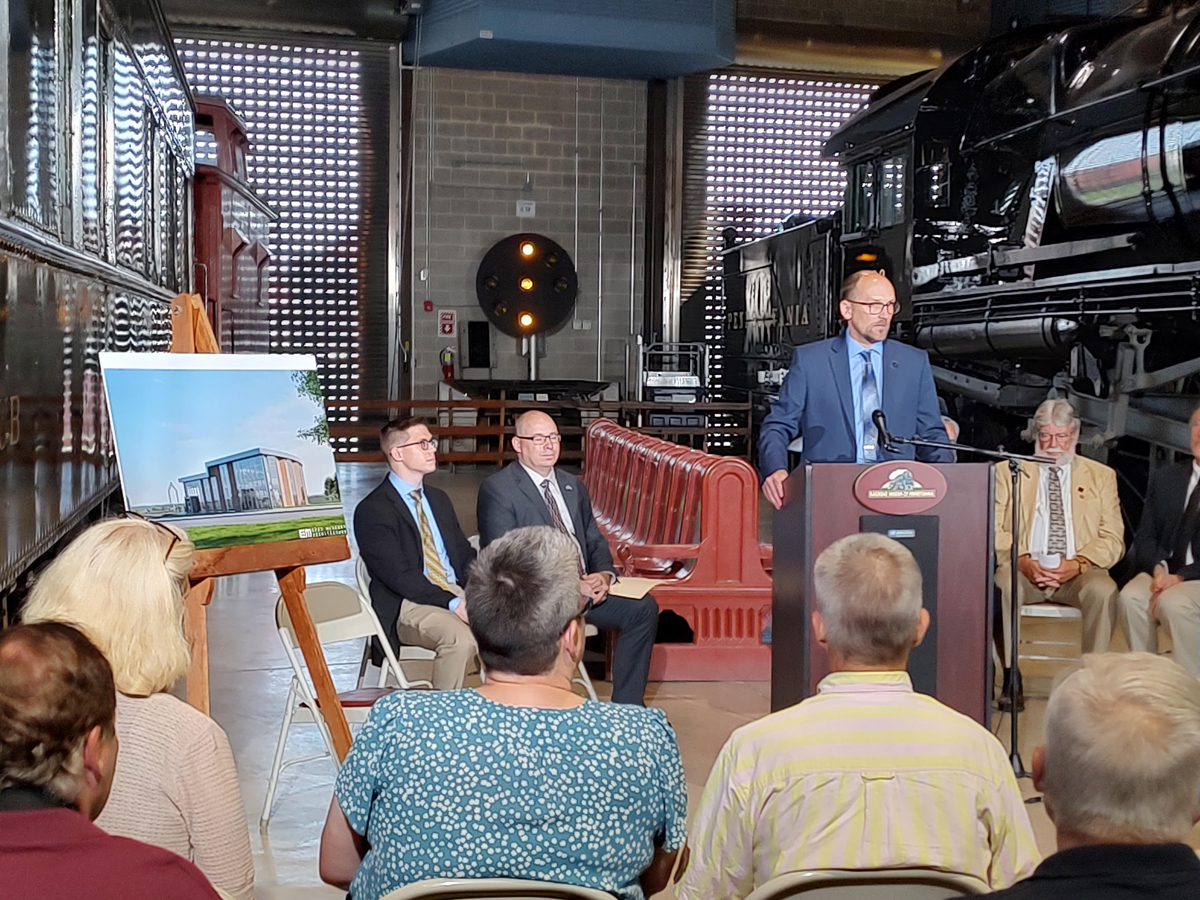
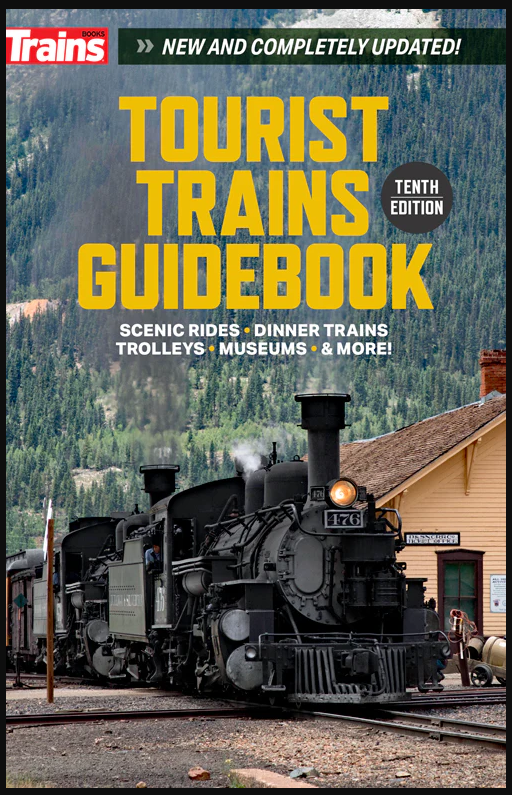
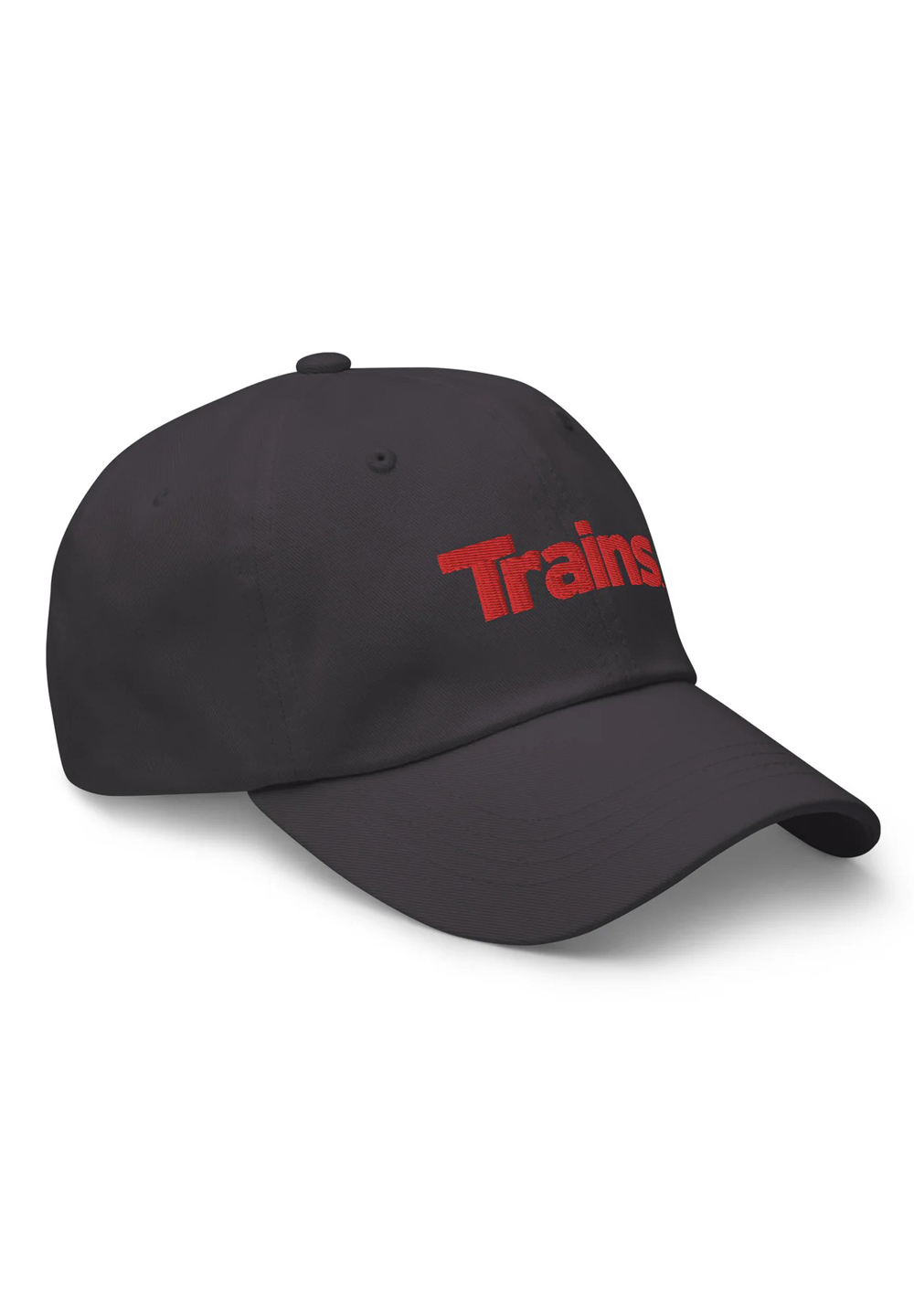

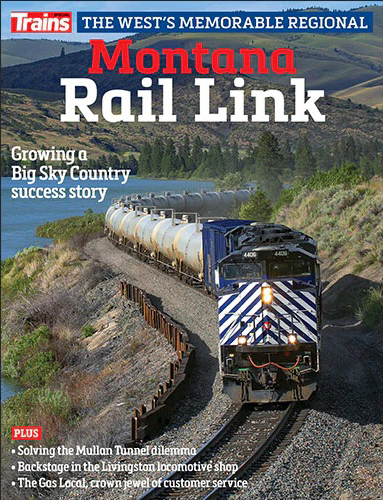
Roger raises good questions. How can we find out the details? Hopefully TRAINS will have an update article and include answers that are important to the issue. As Paul Harvey said, “The rest of the story” endmrw0523251126
My experience is that legitimate broadband companies embrace working with the rail carrier in all aspects (including fees) of fiber installation beside and under rail carrier ROW. Taking advantage of the “in place” ROW saves the broadband company vast amounts of money versus the aforementioned task of dealing with some many other entities with these installs.
There is some confusion with this news wire. Did cox want to go over NS or under it.? Same with CSX. No notice to NS and CSX absolutely a no no in my opinion.
Any RR now does not want any new utility lines crossing “OVER” it tracks. Almost every day Amtrak oof a RR posts delays due to utility lines on tracks. Now under tracks OK as long as it does not interfere with the RR or any of its underground lines such as signal and communications lines. COX apparently wanted to not jack and bore under NS but the article does not make that clear.
I can understand that NS might call for a deep bore under its tracks to prevent any disturbance or future RFI to any of its various underground lines.
They can go above the tracks, usually on existing utility poles, as long as they meet minimum height requirements. Or they directional bore under the tracks with a “casing”, usually the plastic conduit the cable is pulled through, at a certain depth.
“CSX’s suit claims that Cox provided notice earlier this year that it intended “to ignore … safety and permitting processes and instead proceed with an unauthorized installation” and that Cox cited the 2023 Virginia law “which purports to permit broadband service providers to access, cross, and occupy property owned by railroads.”
The state law was intended to speed up broadband installations, Cox read the law to mean it could skip all of the permitting of installing broadband through railroad ROW’s, including crossing under or along the railroad ROW’s.
So if Cox wanted to install a fiber line across a town, they said they could “take” railroad ROW and install a undeground conduit along the route to facilitate the network. Cox obviously was trying to save some pennies by not having to get a hundred permits to cross streets, sidewalks, city sewers, etc to reach a particular location.
Good post (as always) John. People misunderstand the permitting process. Fact is, there is a reason for all this paperwork and these hoops to jump through. People and corporations have a right to use other people’s property if proper procedures are followed. Utilities build lines along or across roadways or railroads every day. There needs to be a permit such that the highway department or the railroad (a) has a record of the utility line, and (b) review for clearances, work hours, flagmen, notification of crews on site, and every other factor that comes into play.
When I’m out and about, I see nonconforming mailboxes. Yes of course you have a right to a mailbox, but you have to understand that the mailbox is on public property (local road or county or state highway) and it needs to conform to regulation. In the case of a mailbox, there is no “permit” as such in the form of paperwork filed, but “permit” in the sense that the mailbox is on public property by permission which can be revoked if the mailbox does not conform.
If you manufacture and sell coffee mugs with a railroad logo, there is a license fee. Not because the railroad wants to make a profit off coffee mugs, but because the railroad needs to review to ensure that its proprietary logo is accurate and of quality.
In our society and economy, everything we build affects someone else. That’s why we have zoning laws, stormwater runoff review, utility permits, driveway permits on state highways, and countless other protocols. BTW I’m a libertarian. I believe in individual freedom. But when you build something that affects someone else, an orderly process of permitting and review keeps order in society and in the built environment.
I’m confused. Exactly what was Cox demanding to do? Run a wire under the tracks? Over the tracks? Build a tower on RR property? If going under, would train passage be blocked during the installation? How long? Is a puzzlement.